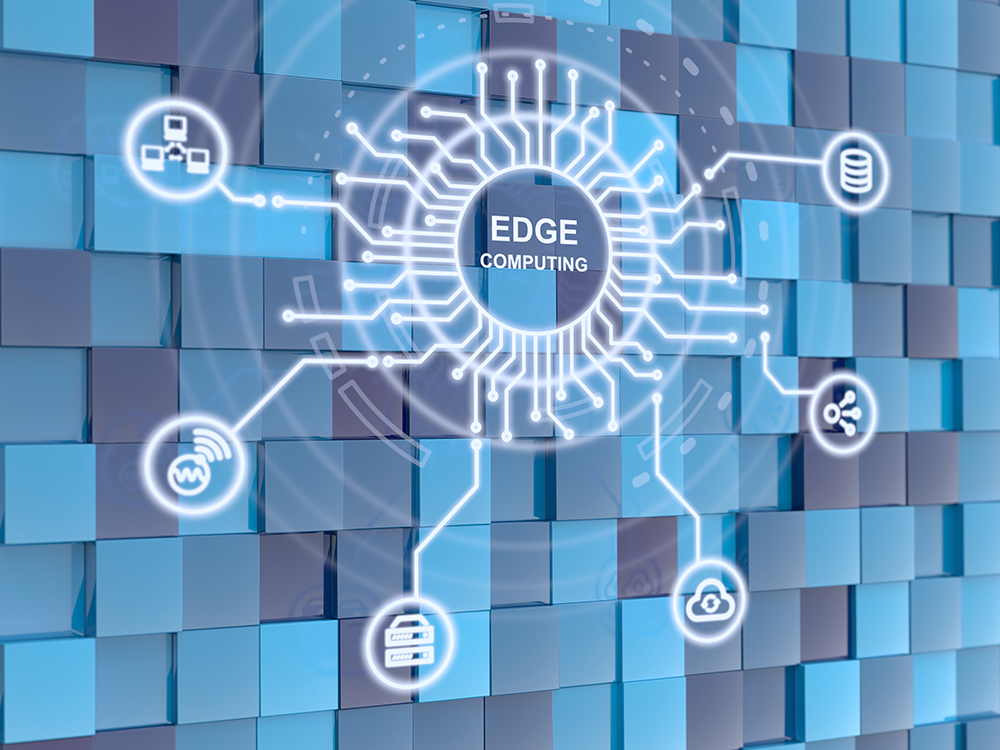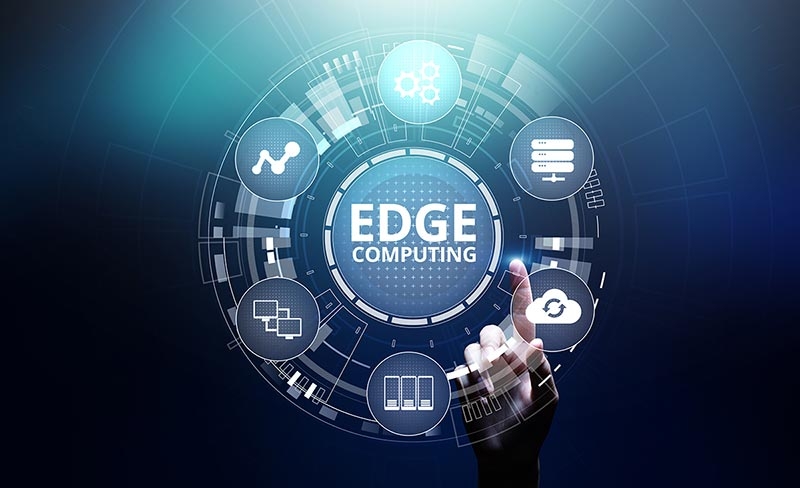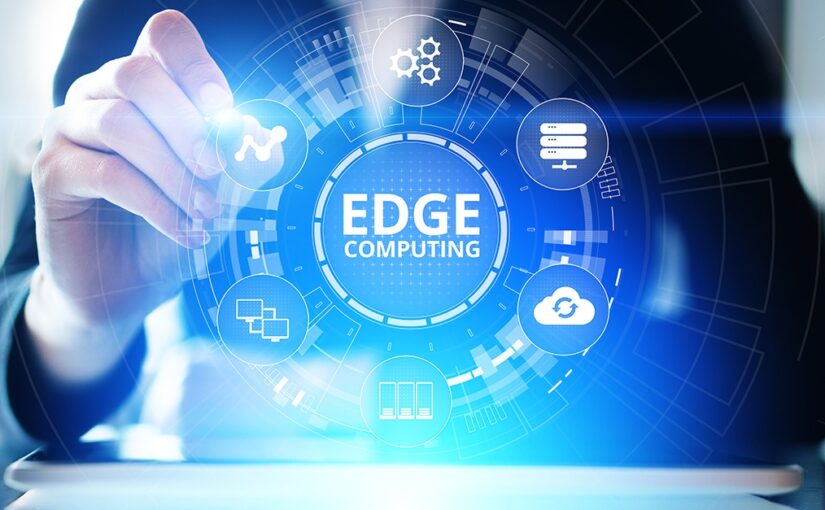As the digital landscape continues to expand, traditional centralized data processing methods are encountering limitations. Enter edge computing – a paradigm that’s transforming how data is handled, stored, and transmitted. In this article, we’ll delve into the world of edge computing and its profound impact on the Internet of Things (IoT).

Understanding Edge Computing
Edge computing brings data processing closer to the data source, reducing latency and enhancing real-time capabilities. Unlike cloud computing, where data is sent to centralized servers, edge computing processes data locally, at the “edge” of the network. This is particularly advantageous for applications that require immediate responses and minimal delay, such as autonomous vehicles and industrial automation.
 The Benefits of Edge Computing
The Benefits of Edge Computing
1. Reduced Latency: By processing data closer to where it’s generated, edge computing significantly reduces the time it takes for data to travel back and forth to distant servers.
2. Bandwidth Efficiency: Edge computing minimizes the need to transmit large volumes of raw data to centralized data centers, optimizing network bandwidth.
3. Enhanced Privacy and Security: Data processed at the edge remains within the local network, reducing exposure to potential security breaches.
Edge Computing and IoT
Edge computing and the Internet of Things (IoT) go hand in hand. IoT devices generate enormous amounts of data, and edge computing enables real-time analysis and decision-making right at the device level. This is particularly crucial for applications like smart cities, where data from sensors can inform traffic management and energy consumption in real time.
Challenges and Considerations
While edge computing offers immense advantages, it also presents challenges. Managing a distributed network of edge devices requires robust infrastructure and security measures. Additionally, ensuring compatibility and seamless communication between edge devices and centralized systems is an ongoing consideration.
The Future of Edge Computing
The rise of edge computing is just beginning. As technology advances, we can anticipate even more sophisticated edge devices, improved AI capabilities, and seamless integration with cloud resources. Edge computing will continue to empower applications that demand instant responses and efficient data processing.

